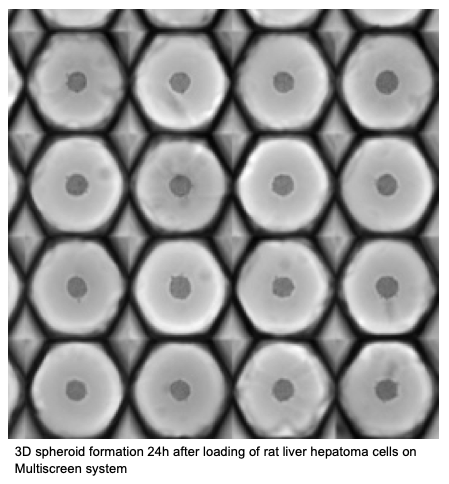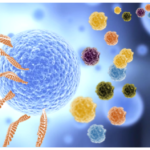Coordination
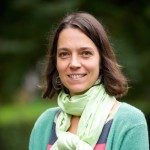

Équipes
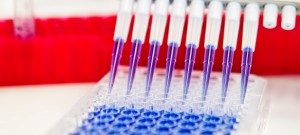
UTechS Single Cell Biomarkers

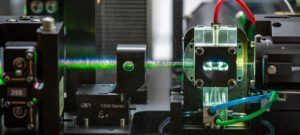
Plateforme de Cytométrie
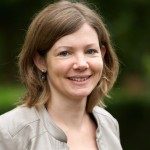
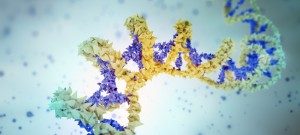
Biomics

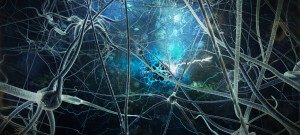
BioImagerie Photonique (UTechS PBI)


Hub de Bioinformatique et Biostatistique

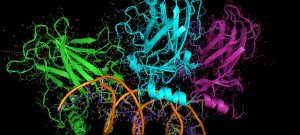
Protéomique

Animation / Soutien
Le SPAIS vient en soutien aux référents pour les aider à promouvoir leur Action Technologique Ciblée “Single Cell Resources Initiative” au travers de la mise en place de différentes actions:
- Animations
- Ressourcements
- Formations
Personnes contact :
Mallory Perrin-Wolff & Sylvie Gratepanche
New technologies
New droplet-microfluidic technologies at CB UTechS
CB UTechS is glad to announce the incorporation of two droplet-based microfluidic systems into our technological portfolio, available within the P2+ environment in collaboration with the labs of J.Enninga, C.Baroud, ESPCI and the start-up Okomera.
Microfluidics is a powerful tool that integrates miniaturization (decreased reagent use), automation (decreased bias due to manipulation) and high throughput. Droplet-based microfluidics has become one of the most widely used microfluidics techniques. It is highly versatile and can be used in conjunction with single-cell omics, cell-cell interaction studies, drug screenings and it is adaptable for analysis of the different biological samples used by the Pasteur community – bacteria, fungi and eukaryotic cells. The two novel technologies are:
- Multiscreen for establishment and studies of 3D-cultures in 50nL or 450nL droplets. Seed up to 1200 spheroids in parallel, and control timely addition of liquid droplets, containing cells, drugs or gels. Quantify growth, viability, and other bright-field and fluorescent biomarkers thanks to automated epifluorescence microscopy and Okomera’s image analysis software.
- MicDrop for fluorescence-based single cell / single microorganism analysis and sorting of droplet-enclosed samples for downstream RNA-Seq, DNA-Seq or single-cell secretion assays. Currently available for analysis and sorting of P2-level microorganisms, it will be open for experimentation on P2+ pathogens starting from autumn 2021.
Past Calls for Proposals
Description
The “Single Cell Resources Initiative” aims at fostering research at Institut Pasteur with a focus on “single cell” approaches. We announce two distinct calls for pilot awards as seed for larger research projects:
Call 1: Innovative approaches in single cell studies. We will support projects that include innovative methods (or the development of them) to study “single cell” biology. This includes probes, workflows as well as analytical approaches. The projects should be achieved within 12 months, and the allocated resources can be used in a flexible way and should be used in 2021. Each project proposal should be in the range of 15k EU to 30k EU.
Call 2: Single cell secretomes. We will support projects that focus on the exploration of single cell secretomes obtained by the Isolight technology available at the CB UTechS. Awardees of the “secretome call” will be granted reagents (chips) to perform analysis of single cell secretomes in 4-8 samples, using various analytical panels (available panels: tumor signaling, metabolics, adaptive immune response, innate immune response, inflammation). The projects should be achieved within 12 months and will be guided by staff of the CB UTechS.
How to apply: Applications will be reviewed within two weeks of the submission deadline. Please submit a document (Font Arial, size 11) containing a title, a half-page summary (max), and half-page budget justification (max) of your project/planned experiments to CB_UTechS@pasteur.fr. The whole application should fit one A4 page. Application deadline is the 14th of July, and projects will be selected by the 31st of July to start September 1st 2021. The proposals will be evaluated by the steering committee of the Single Cell Resources Initiative.
Objective: The goal of this program is to support researchers to generate pilot data to submit future grant applications, to support the completion of a specific project, and to promote the utilization of the Isolight technology for single cell functional studies.
Eligibility: Applicants must be part of the scientific community of the Institut Pasteur Paris. Each research unit/G5/laboratory/core facility can propose one project.

